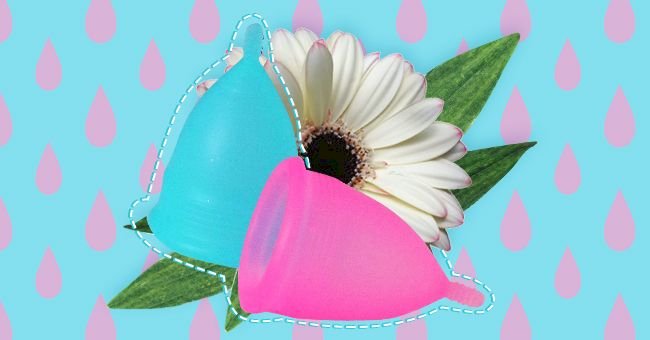
That Time Of Month: Everything You Need To Know About Period Cups
Women have suffered menstrual cramps, rashes, and embarrassing leakages forever, but the once-taboo subject of menstruation is still not a popular topic for conversation. Harry Finley, the man behind the Museum of Menstruation “finds it fascinating that Americans are so squeamish about it” to this day.
Since the DIY menstrual care practiced in ancient times, much has changed. The rags of medieval times led to the first disposable pads produced by Johnson & Johnson in 1896. Then we got the tampon in the 1920s, and now the menstrual cup is on the market. Let us look at period cups and what you should know about them.

Photo by Good Soul Shop on Unsplash
1. What Is A Menstrual Cup?
A menstrual cup is a funnel-shaped flexible container that women insert into their vaginas to collect their menstrual flow. The cups are made of latex rubber or silicone.
2. Do Menstrual Cups Work?
Like tampons, menstrual cups require insertion. But unlike tampons which absorb blood, the new device collects it. They are usually leak-free if inserted correctly.
You can leave a cup in for up to 12 hours, remove it, wash it, and re-use it for up to a year. These factors are important reasons why many women make the switch.
3. Benefits Of Using A Period Cup
Period cups are gaining popularity because of all the benefits. They are:
- cost-effective and environmentally friendly.
- comfortable, hygienic, leak-proof, and help to reduce vaginal odor.
- free of chemicals.
- less likely than tampons to give you bacterial infections or Toxic Shock Syndrome (TSS).
Menstrual cups also have social impacts. They are an affordable option for girls and women in low-income households who don’t have adequate access to feminine hygiene products.
4. Choosing The Right Cup
Consider your age, period flow (light, moderate, heavy), the integrity of your vagina (do you have vaginal prolapse?), and the material it is made of when choosing a menstrual cup. Manufacturers make cups to serve different purposes, including low cervixes, heavy flows, and wide-set vaginas.
If you are a beginner, start with a smaller size while you learn how to use it. You can size up if required. You can buy a variety pack to help with any change in the flow of your menstrual cycle.
There are so many brands of menstrual cups to choose from, including the DivaCup, Saalt, Duchess Cup, and Lena Menstrual Cup. There are also disposable options. All cups are not the same, so do your research before choosing the right one for you.